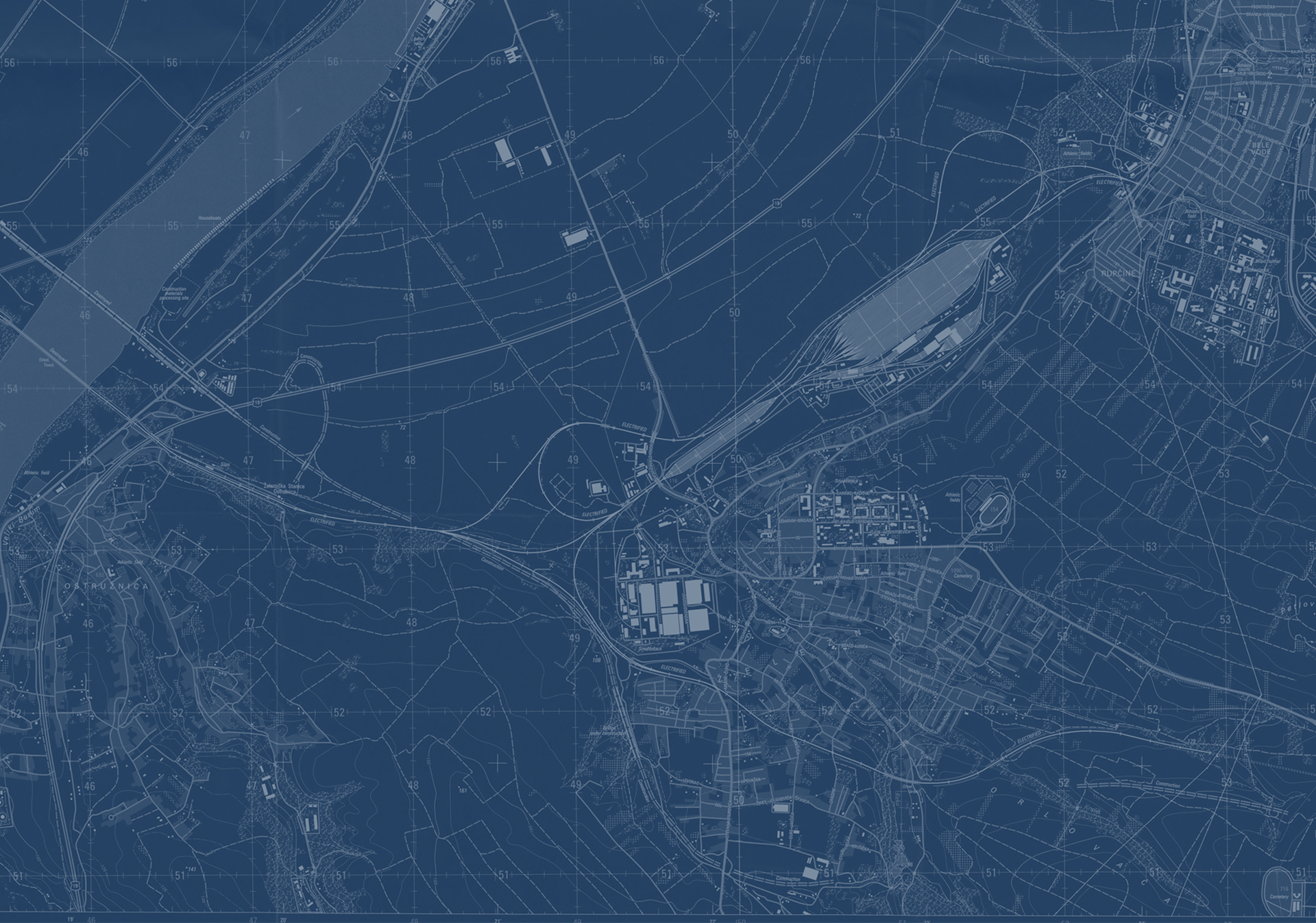Развој и примена регионалне географије
- Врста и ниво студија: Докторске академске студије
- Наставник
- Статус предмета: Изборни
- Број ЕСПБ: 8
- Семестар: 3
- Број часова: 5
Циљ предмета
Систематизовање знања о развоју регионалне географије, научним концепцијама и приступима у регионалној географији и примени регионалне географије.
Исход предмета
Овладавање знањем у издвојеним моделима регионалних целина, усвајање методолошких поступака и стицање компетенције за примену регионалногеографских знања у пракси.
Садржај предмета
- Предмет проучавања, проблеми, циљеви и задаци регионалне географије,
- Регионални развој и регионална географија,
- Структурни елементи региона,
- Локална средина, субрегион, кластер, кластеризација и субјекти кластеризације,
- Типови региона,
- Почеци регионални истраживања,
- Научна регионална географија,
- Утицај регионалне науке и нове економске географије на трансформацију регионалне географије,
- Нове концепције регионалне географије,
- Фазе и методе у регионалним истраживањима,
- Дефинисање циљева регионалних истраживања и постављање хипотеза,
- Методе истраживања,
- Анализа и резултати регионалних истраживања,
- Мултидисциплинарност регионалних истраживања,
- Примена регионалногеографских истраживања.
Литература
Boyce, D. (2003). A short history of the field of regional science. Papers in Regional Science 83(1): 31–57.
Bonnett, A. (2003). Geography as the World Discipline: Connecting Popular and Academic Geographical Imaginations. Area 35(1): 55–63.
Cheshire P. and Carbonaro, G. (1996). Urban economic growth in Europe: testing theory and policy prescriptions. Urban Studies 33: 1111–1128.
Coleman, S. J. (1988). Social Capital in the Creation of Human Capital. American J. of Sociology 94: 95–120.
Dickinson, R. E. (1956). City Region and Regionalism, Routledge and Kegan Paul LTD, London.
Taylor, T. G. (1937). Environment, Race, and Migration. University of Chicago Press, Chicago.
Heffernan, M. (2007). The European Geographical Imagination. Franz Steiner, Stuttgart.
Isard, W. (1956). Location and Space–economy. A General Theory Relating to Industrial Location, Market Areas, Land Use, Trade, and Urban Structure. Published jointly by the Technology Press of Massachusetts Institute of Technology and Wiley, Cambridge.
Isard, W. (1960). Methods of Regional Analysis; an Introduction to Regional Science. Published jointly by the Technology Press of the Massachusetts Institute of Technology and Wiley, New York, Cambridge.
James, P. E. and Martin, G. J. (1981). All Possible Worlds: A History of Geographical Ideas. Wiley, New York.
Martin, R. et al. (2003). A Study on the Factors of Regional Competitiveness. Report for the European Commission, Directorate-General Regional Policy.
Marquand, D. (1992). Nations, Regions, Europe, National Identities. The Constitution of the United Kingdom. Ed. Crick, Blackwell Publishers, Oxford.
Paasi, A. (2002). Place and Region-Regional Worlds and Words. Progress in Hum. Geography 28(6): 802–811.
Thrift, N. (1994). Taking Aim at the Heart of the Region. In D. Gregory, R. Martin, and G. Smith, eds. Human Geography: Society, Space, and Social Science. University of Minnesota Press, Minneapolis, 200–231.
Whaites, A. (2007). States in Development. UK Department for International Development, London.



